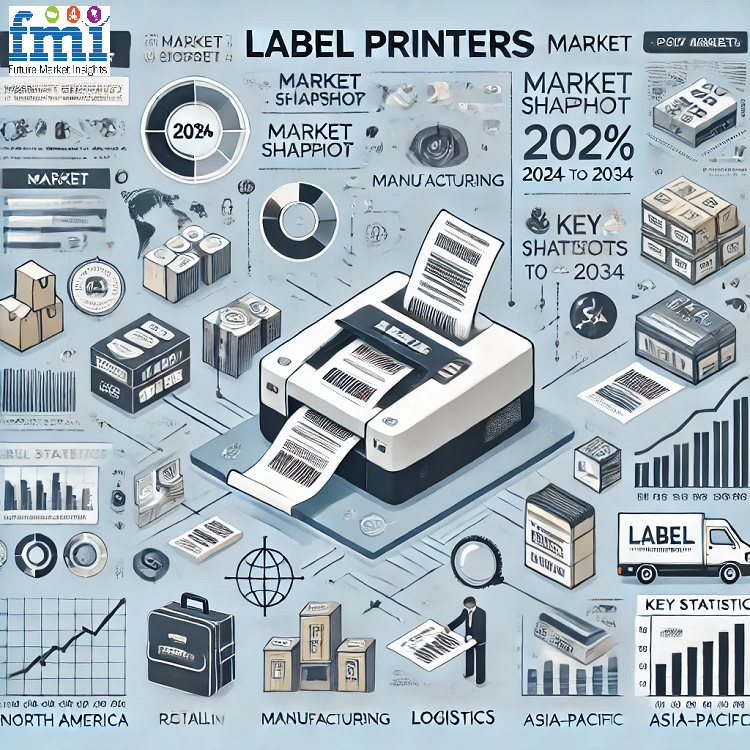![]()
Champaign, Illinois, United States, July 2nd, 2024, Chainwire
Pi Squared, (Proof of Proof), announced the closure of their first capital raise. Led by Polychain Capital, the syndicate includes ABCDE, Bloccelerate, Generative Ventures, Robot Ventures, and Samsung Next. Angel investors include Shumo Chu, Harish Devarajan, Justin Drake, Sreeram Kanaan, Csongor Kiss, George Lambeth, Yilong Li, Calvin Liu, Lucian Mincu, Karthik Raju, and Common Prefix.
Using zero-knowledge (ZK) technology in a correct-by-construction and fundamentally unique way, Pi Squared will enable trustless remote computing, AI, and interoperable smart contracts for any blockchain or dApp. This will be made possible through the creation of a universal and disarmingly small ZK circuit that checks the integrity of mathematical proofs, which will provide verifiable-computing correctness guarantees to all languages and virtual machines (VMs) alike directly from their formal semantics, without any translation to a common language, VM, or instruction set architecture (ISA).
“Our mission is to revolutionize verifiable computing, making it universal for all languages and virtual machines, inherently correct-by-construction, and lightning-fast,” says Grigore Roșu, CEO of Pi Squared and CS Professor at University of Illinois Urbana-Champaign. “This will have many applications, including a universal settlement layer (USL) so all Blockchains, L1s and L2s, can be universal, correct, inter-operable and efficient. It does not end there, our long-term mission is to settle all science and knowledge on USL.”
“Pi Squared’s proof of proof technology will have a transformative impact across Web3 and beyond,” said Karthik Raju, GP at Polychain Capital. “Pi Squared’s universal ZK circuit will significantly increase the reach and applicability of Web3 for everyone, from builders to end users.”
Pi Squared will enable the next generation of verifiable computing that is universal and scalable with an optimally minimal trust base. The first product powered by Pi Squared is the Universal Settlement Layer (USL), an architecture for modular blockchains that enables the following characteristics:
Universality
Computations can be expressed in any high-level or virtual machine language, without the need for compilers or translators.
Provable correctness
Computations verified by the USL are mathematically proven to be correct, and any external entity can independently verify the correctness of the state of the USL.
Trust Base Minimality
USL exposes any trust assumptions in upper-layer computations for increased transparency, end-user awareness, and will minimize the trust base through correctness proofs.
App Interoperability
The USL will support interoperability between different application modules and networks (e.g. appchains).
Determinism and reproducibility
The validation is reproducible and independently verifiable by any external entity.
Pi Squared’s USL therefore provides end-to-end correctness guarantees for generic computations while minimizing the trust base underlying these computations. USL promotes verifiable computing as the standard distributed computing paradigm without requiring or promoting particular domain-specific languages (DSLs), VMs, or execution environments, all while being efficient and scalable.
Pi Squared will be presenting and exhibiting at events around EthCC in Brussels from July 8th to 11th. Attendees can listen to Pi Squared’s CEO, Grigore Roșu, speak at Restaking & Infra Day on July 8th and L2con on July 9th.
About Pi Squared
Pi Squared means ZK proofs of mathematical proofs. Pi Squared uses ZK technology in a correct-by-construction and fundamentally unique way. A universal and disarmingly small ZK circuit provides verifiable-computing correctness guarantees to all languages and VMs alike, without any translation to a common language, VM, or ISA. Pi Squared is led by UIUC professor Grigore Rosu, founder of the K framework and of Runtime Verification, and consists of researchers and founders of successful projects in formal methods, blockchain, and AI/ML.
To book a meeting with Pi Squared’s CEO and team, attendees can reach out to [email protected].
To learn more about Pi Squared’s vision and Proof of Proof, visit pi2.network and follow Pi Squared on social media.
Contact
Head of Marketing
Chris Hazelton
Pi Squared Inc
[email protected]


Recent Comments